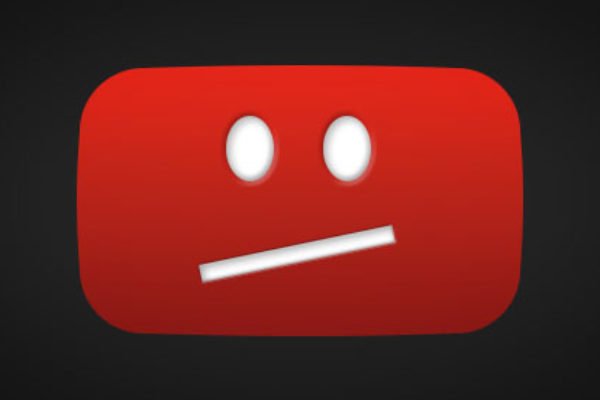YouTube needs little introduction. It’s regularly cited as the world’s most popular website (if you don’t count Google Search as a website), and it counts its users in the billions rather than millions. YouTube has become synonymous with video media, and it is, of course, a huge source of revenue to its parent company Google/Alphabet Inc.
The site, however, is far from perfect, and there are many criticisms thrown at both YouTube itself and those who create content for the platform. Below, we are going to look at five areas where Youtube could improve the experience for the viewer. For clarity, though, we should say that the critique centres around the non-premium YouTube app and website which the vast majority of viewers use, and not the subscription service.
- The Ad Placement
YouTube has always had adverts, and users will accept that; after all, it’s how the business makes its money. Normally, users simply waited around five seconds for the “SKIP AD” option to appear, and they could then watch without interruption. About two years ago, though YouTube introduced double adverts on its content. It means that another advert loads after the last one finishes, meaning the user will have to wait another period to skip. It might seem like a minor thing, but it can really diminish the experience on the site. Moreover, a lot of YouTube adverts are unskippable, and content creators will often insert them in the middle or end of videos. Getting an ad blocker is an obvious solution, but this can bring its own problems.
- The “Unclosable” App
YouTube Music is a popular paid-for streaming service, but millions of music fans still listen to music through the non-premium mobile app. The problem, however, is that you can no longer close the app on your mobile device and continue to listen to the music. It’s a deliberate attempt by YouTube to drive users towards their paid-for music content, which is understandable. But we could also cite several alternative free music apps that let you listen without actively having the page open. It means that you cannot use YouTube passively to listen to music.
- Repetitive Content
Arguably, YouTube’s strongest point is its unique content and unique content creators. You can find people streaming just about anything you could imagine, from people playing high stake games at a casino online to those discussing Pokemon cards to those showing you how to fix a car – it’s all there. On the other hand, a lot of the mainstream content is dreadfully repetitive. If you look, for example, at the sheer volume of videos discussing Marvel films, and the repetition of the content within each video, it becomes mind-numbing. Moreover, those creating the content are aware that ad-revenue depends on a certain length of video (normally over 10 minutes), so the content is stretched to cover that.
- Google Brain Algorithm
According to the New York Times, around 70% of videos watched on YouTube are suggested by Google Brain, i.e., the algorithm employed by YouTube to make suggestions based on your browsing history. The algorithm comes in for a lot of criticism, though, and the NYT even reported a disturbing story on how Google Brain was pushing paedophiles towards content featuring children on the YouTube site. Aside from such standout issues, there are more minor criticisms, including the pushing of repetitive content and videos that you have already watched before.

- Fake News
When it comes to fake news, Facebook usually bears the brunt of the wrath from politicians and campaigners. But YouTube is a big part of the issue. From “deep fake” videos to false reporting on issues like 5G and vaccines, the platform is a hotbed of misinformation. Of all the issues highlighted here, however, this one has the least easy fix. The point of YouTube is that it is supposed to be a platform that offers creators the chance to express their views freely, and it is a slippery slope if Google goes down the path of censorship.

